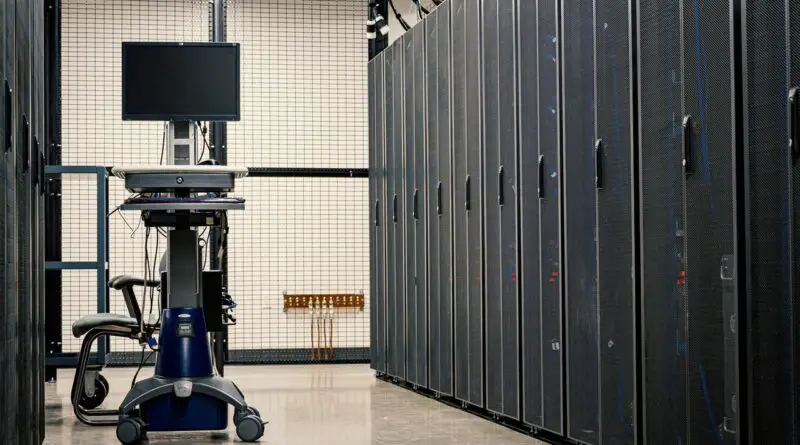Actionable Steps To Secure Your IT Infrastructure
Technology is the mainstay of modern businesses, making IT infrastructure an imperative investment. You need to have an ecosystem with the right hardware, software, and networks in place, regardless of the size and scale of your business. But making such a massive investment entails a responsibility to safeguard it down the line. Securing your IT infrastructure requires expertise and effort, but you cannot skimp on it. Leaving things to chance can cause massive damage, expense, and downtime. You can implement these simple steps to keep things on track.
Table of Contents
Get regular IT audits
Securing your IT infrastructure boils down to knowing where to start. Regular audits by experts are the only way to know the critical vulnerabilities and identify the areas of improvement. They can even offer recommendations on fixing the flaws and making improvements. Team up with professionals who can give a clear and honest view as it can help protect the system from threats and attacks.
Enforce security policies
Organizational technology involves multiple processes and large teams, so you need a comprehensive policy for covering them all. Create policies and procedures for your team and implement them on the organization-wide level. Ensure that everyone is aware and educated about using the tools and systems securely and responsibly. Consider ramping up policies when new threats emerge. Regular cybersecurity training programs for the team also keep your systems a step ahead of threats.
Take measures for hardware safety
When it comes to securing your IT infrastructure, the focus often stays on applications and networks. But hardware protection needs equal attention. Ensure that your computers have virus protection and run on the latest OS versions. Investing in cooling pumps for computers is a good idea as excessive heating can affect the performance and longevity of devices. Provide a clean and dust-free environment, and invest in regular maintenance. A little care makes expensive hardware last longer, so make sure you go the extra mile with it.
Safeguard mobile devices
Apart from protecting in-house hardware, you also need to safeguard mobile devices. It becomes even more crucial in the era of BYOD and remote work. Letting people use their own devices for business tasks is always risky as they access confidential data through them. Establishing a strict BYOD policy enables you to secure the business data, applications, and network. Encourage employees to use strong passwords on personal devices and steer clear of opening spam sites and suspicious links.
Back up your data
Even the best policies and practices may not be enough to prevent hardware failures. It makes sense to have a plan B for such unforeseen events. Backing up mission-critical data often keeps your business running smoothly. You can back up data to multiple places for extra safety. Use a local server and the cloud for backups so that you can restore data if you fall victim to a disaster.
Every business should have a plan to secure its IT infrastructure. It is an investment you need to protect. More importantly, a failure or breach can disrupt your business and even affect your reputation.




